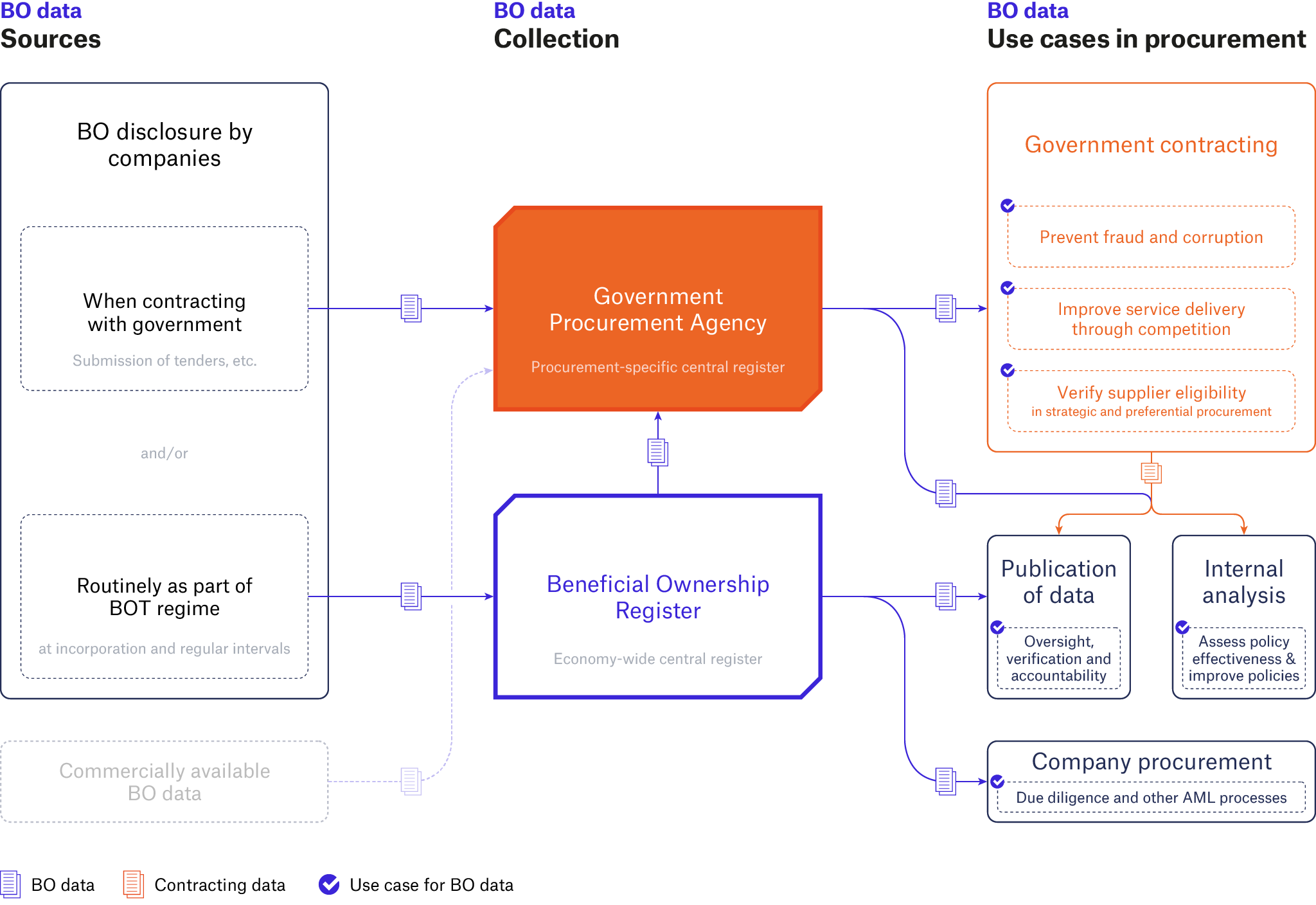Revisions to Draft Companies (Beneficial Ownership Information) (Amendment) Regulations 2021 – Public Consultation
Timely access
13 (5) Notwithstanding sub regulation (4), information relating to a beneficial owner shall only be made available to a competent authority upon written request by the competent authority to the Registrar
OO welcomes the dedicated mechanisms to provide efficient access through amendments to section 13 of the regulations. However, in addition to the ability for competent authorities and procurement authorities to be given access to BO information on a per record basis, OO would recommend that the BRS considers mechanisms by which multiple records could be shared in bulk based on contractual agreements with relevant authorities.
This would help reduce the time required for BRS staff to process individual requests if there are particular authorities which make multiple regular requests. The mechanisms for sharing such information could include sharing a monthly download of BO data or creating an application programming interface (API) through which the BRS technical team could provide data access to approved external users. While OO notes that this may introduce concerns on data privacy and confidentiality, these can be addressed and mitigated (see detailed section on this point further down in this submission).
Operationalising the use of BO data in procurement is more easily done through integrated digital technologies rather than through paper based systems. In order to maximise the potential benefit of using BO data in procurement, it should be collected and stored as structured, interoperable and machine-readable data, which can be analysed easily and cheaply. When BO data is combined with other open and structured datasets, such as open contracting or spending data, analysis can provide powerful insights into procurement practices, consumption models, and supplier transactions. OO provides a diagram below which represents the system for data sharing, analysis and publication once data is adequately structured.
OO further notes that subregulation 13 (5) does not explicitly include procuring authorities. To remove any further doubt, the clause should be expanded to include procuring entities and contracting authorities.

This diagram represents the different methods data can be collected as part of a procurement process, and used for internal analysis and publication by procurement authorities. Where data is collected through an existing central registry, as is the case with the Kenyan BRS, this is a useful reference dataset for procurement agencies and is a source of potentially higher quality data (compared to other sources of data). This diagram also shows the various uses of BO data in procurement.